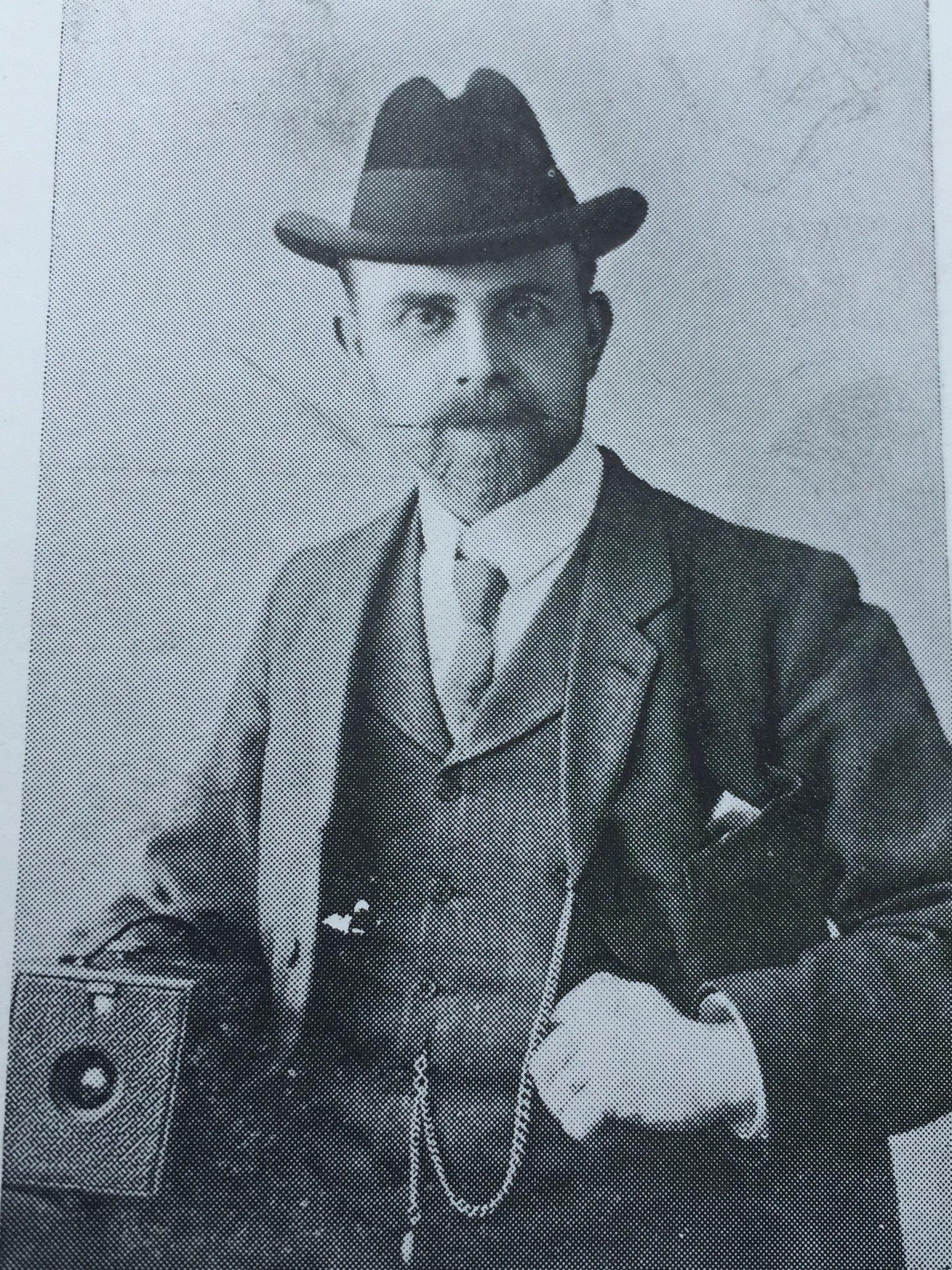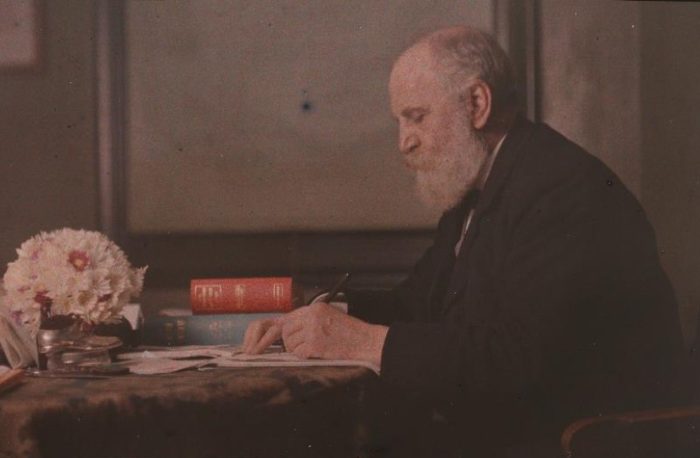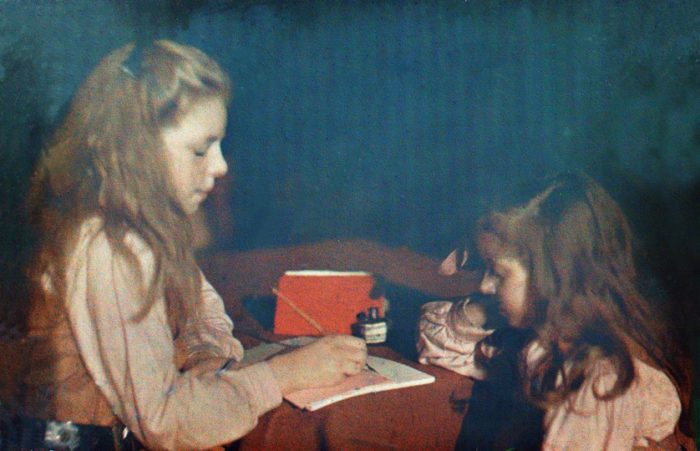Photographer
Charles B. Howdill’s earliest forays into photography reflected his training as an architect, and included detailed studies of English cathedrals and stained glass. But from 1897 onwards, Howdill became increasingly interested in travel photography, touring Holland, Belgium, France, Jutland, Corsica, the Austrian Alps, and, most adventurously, the turbulent Balkan region during the years immediately preceding the First World War.
Howdill’s biggest claim to photographic fame was his early use of colour: from 1900 he was experimenting with the new Sanger Shepherd process, though he later switched to the French Autochrome technology. His images were regularly shown at the Royal Photographic Society, and he was among the first to exhibit colour photographs there in 1901.


Howdill’s best colour portraits, which include famous figures of his day such as the journalist and controversialist W.T. Stead, are quite remarkable.

Those of his young daughters Dorothy, Madge and Marion offer tantalizing, ethereal evocations of irretrievably lost times.

Charles B. Howdill’s strongest travel images offer unsentimental vignettes of local life, their subjects often caught up in ceremonies or festivities. His masterful gaze is at once intimate and respectfully distant.
